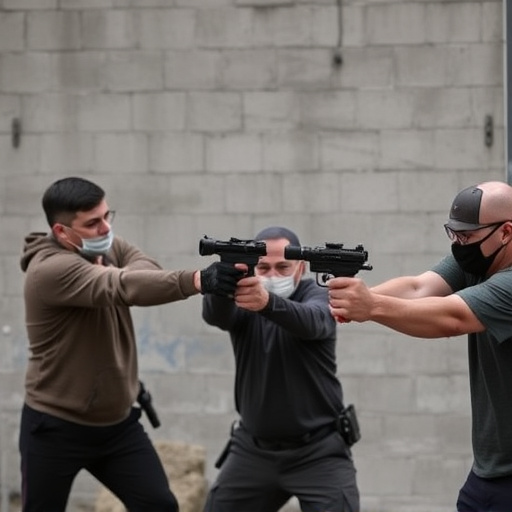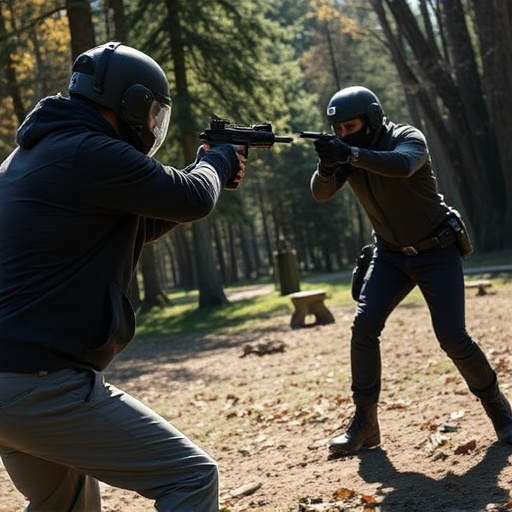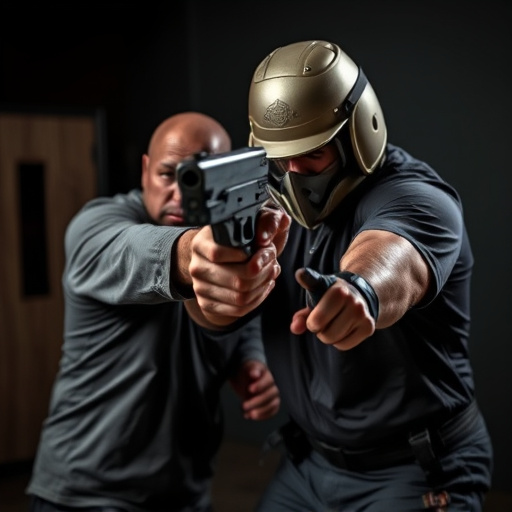Stun gun laws in the US vary greatly, shaped by public safety concerns, local regulations, and political contexts. While some states allow unrestricted carry of compact stun guns with built-in chargers for self-defense, others have strict restrictions or bans. Key factors include age limits, permit requirements, permitted locations, and power output restrictions. Staying informed about these state-specific laws is crucial for responsible ownership to ensure compliance and convenience in emergencies.
“Exploring the legal landscape of stun guns, this comprehensive guide provides a state-by-state analysis of regulations surrounding their ownership and use. From understanding the definitions and restrictions to navigating the legal intricacies, we focus on one specific device: the compact stun gun with built-in charger. Discover when and where these personal safety tools are permissible, and gain insights into responsible ownership practices in our detailed exploration.”
- Understanding Stun Gun Regulations: A State-by-State Analysis
- The Legal Landscape: When is a Compact Stun Gun with Built-in Charger Legal?
- Navigating the Restrictions: Tips for Responsible Ownership
Understanding Stun Gun Regulations: A State-by-State Analysis

Understanding Stun Gun Regulations: A State-by-State Analysis
The legality of carrying a stun gun varies significantly across the United States, with each state having its own set of regulations and restrictions. This variability is driven by varying public safety concerns, local laws, and political landscapes. For instance, some states allow residents to carry compact stun guns with built-in chargers for self-defense purposes, while others have stringent restrictions or outright ban them.
Key factors influencing these regulations include the age at which a person can legally possess a stun gun, requirements for permits or licenses, and places where stun guns are permitted (e.g., public spaces, workplaces, schools). Additionally, there might be specific rules regarding the power output of stun devices, with some states setting upper limits to ensure they don’t cause excessive harm. Staying informed about these state-by-state variations is crucial for anyone considering carrying a stun gun for personal safety.
The Legal Landscape: When is a Compact Stun Gun with Built-in Charger Legal?

The legal status of stun guns varies significantly across states in the US, creating a complex landscape for potential owners. When it comes to compact stun guns with built-in chargers, understanding these regulations is crucial before making a purchase. In many jurisdictions, stun devices are classified as weapons and their possession is restricted based on local laws. However, there are exceptions for certain types of stun guns, particularly those designed for personal protection and meeting specific size and power criteria.
States like Texas, for instance, allow the carry of compact stun guns without a permit, making them easily accessible to responsible citizens. On the other hand, states like California have stringent regulations, often requiring permits or registration for stun guns, with additional restrictions on certain models, including those with built-in chargers. It’s essential for individuals considering owning a compact stun gun with this feature to thoroughly research their state’s specific laws to ensure compliance and understand the legal implications of possessing such a device.
Navigating the Restrictions: Tips for Responsible Ownership

Navigating the Restrictions: Tips for Responsible Ownership
When considering purchasing a compact stun gun with built-in charger, understanding your state’s legal restrictions is paramount. Different regions have varying regulations regarding stun guns, and what may be legal in one area could be prohibited or subject to specific conditions in another. As a responsible owner, it’s essential to familiarize yourself with these rules to ensure compliance and avoid any legal complications. Start by checking your state’s official resources or consulting local law enforcement for the most up-to-date information on stun gun ownership laws.
To stay within legal boundaries, opt for a compact stun gun designed for easy concealment and equipped with a built-in charger for convenience. These features not only ensure you’re adhering to size and charging requirements but also make your device more accessible in case of an emergency. Remember, responsible ownership includes knowing where it’s legal to carry your stun gun, how to store it safely, and understanding the self-defense laws specific to your state.
In light of the varying state regulations regarding stun guns, particularly compact models with integrated chargers, responsible ownership requires a thorough understanding of local laws. This article has provided a comprehensive overview of the legal landscape, offering insights into when such devices are permissible. By adhering to navigation tips and staying informed about specific state restrictions, individuals can ensure they remain on the right side of the law while enjoying enhanced personal safety. Remember, knowledge is key; stay aware, stay safe.
